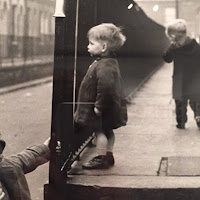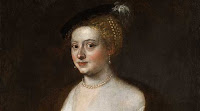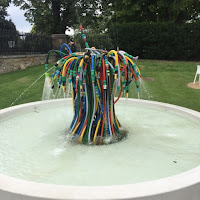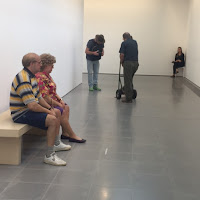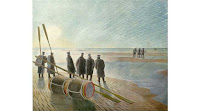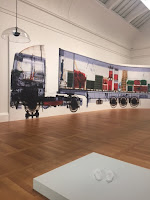We want more : Image-Making and Music in the 21st Century

Slightly disappointing exhibition at the Photographer’s Gallery looking at how photography has played in defining music culture today. There were some nice examples of work but as a whole I felt the show wasn’t too sure what it was trying to show. I suspect we’ve not had enough of the century yet to spot trends. I liked the fact it was divided on the different floors into pictures of musicians and picture of fans. Being a bit of a Lady Ga-Ga fan I liked large pictures by Inez Van Lamsweerde and Vinoodh Maladin for the AA Rave event. You realise that she is blank canvas for ideas and images. I also liked the Katy Perry mini-videos by Ryan Erin Hughes as different characters, most of which I wouldn’t have said were her! In the fans section I liked the clichéd pictures of miserable looking Morrissey fans!
